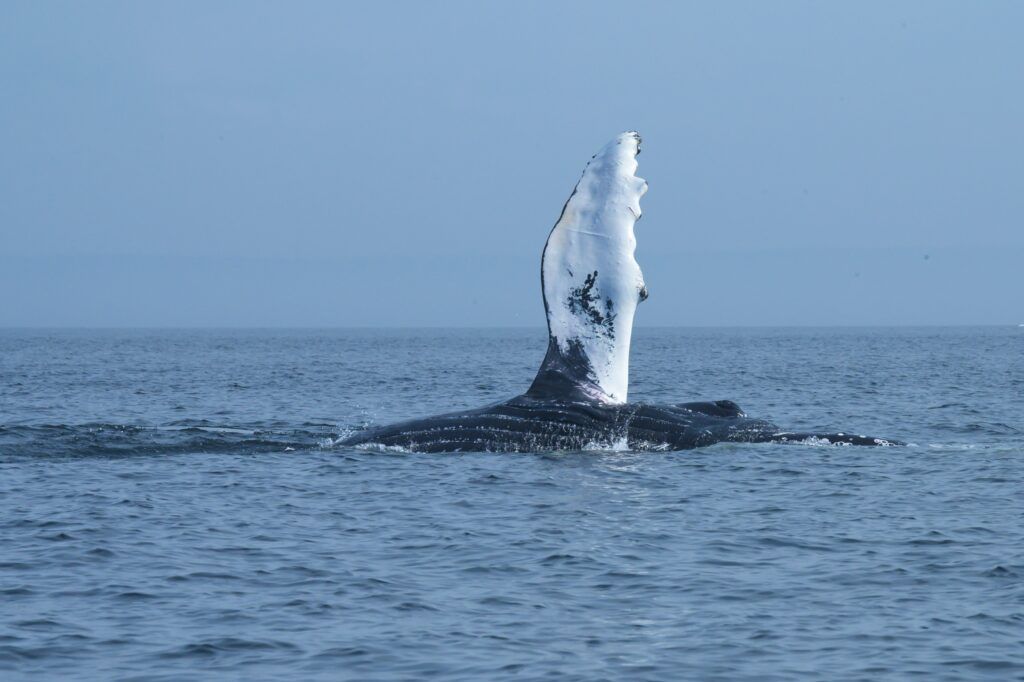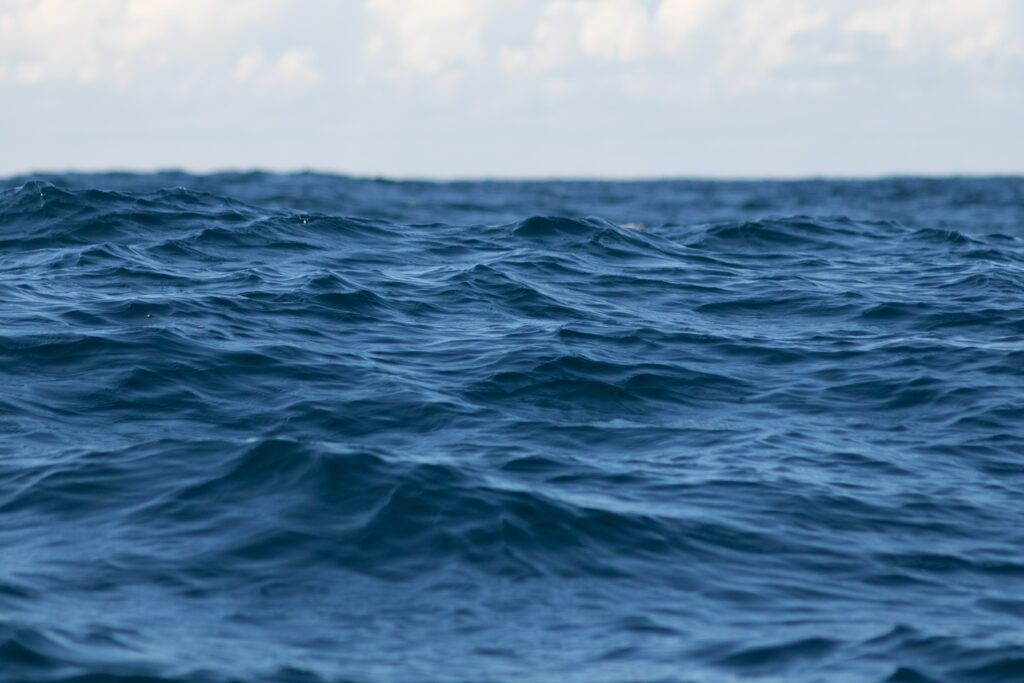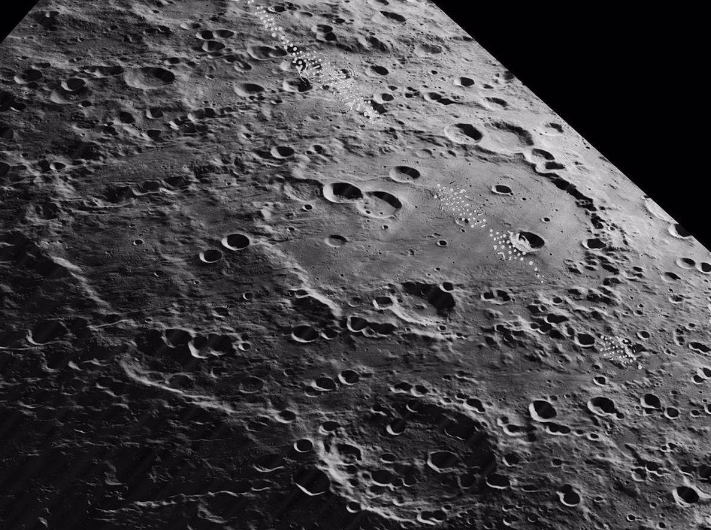Curiosities, The songs of the whales can reveal characteristics of the ocean

The fin whale’s call is among the loudest in the ocean — it can even penetrate the Earth’s crust, according to a new study. Echoes of whale songs recorded by seismic instruments on the ocean floor reveal that sound waves traverse layers of underlying sediment and rock. These songs may help probe the structure of the cortex when more conventional study methods are not available, the researchers report.
Six songs, all from a single whale singing as it swam, were analyzed by seismologists from the Czech Academy of Sciences in Prague and Oregon State University in Corvallis. They recorded the songs, lasting from 2.5 to 4.9 hours, in 2012 and 2013 with a network of 54 ocean-floor seismometers in the northeastern Pacific Ocean.

The songs of fin whales (Balaenoptera physalus) can reach 189 decibels, as loud as a large ship, seismic instruments detect the sound waves of the song, just as they pick up pulses from earthquakes or air guns used for ship surveys. Los sonidos submarinos también pueden producir ecos sísmicos: cuando las ondas de sonido que viajan a través del agua tocan el suelo, parte de la energía de las ondas se convierte en una onda sísmica, esas ondas sísmicas pueden ayudar a los científicos a ver bajo tierra: a medida que las ondas penetrantes rebotan en diferentes capas de roca, los investigadores pueden estimar el grosor de las capas. Changes in the speed of the waves can also reveal what types of rocks the waves passed through.

Echoes recorded in the Pacific Ocean revealed a classic oceanic crustal structure beneath three sites along the whale’s swimming path: layers of sediment 400 to 650 meters thick over a layer of basalt rock 1, 8 kilometers thick. Beneath that basalt lies a dense oceanic rock known as gabbro. The findings suggest that fin whale songs may be effective seismic tools for studying the seafloor.




Responses